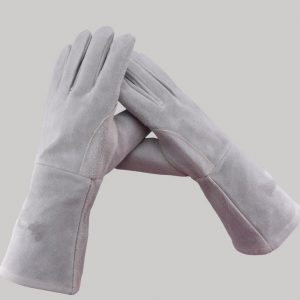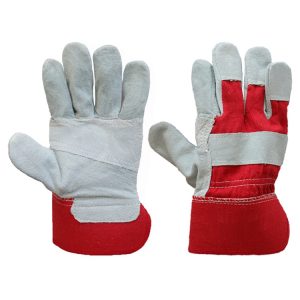Cycling gloves are special gloves for cyclists. There are half-finger and full-finger gloves. The palms are thickened. High-end cycling gloves are padded with a silicone layer. They are mainly used to reduce injuries and prevent hands from being scratched when a car crashes. . The main functions of riding gloves are sweat absorption, non-slip, breathable, and protect palms and wrist joints. Sweat absorption, breathability and non-slip complement each other. When the bicycle is in a high-speed motion state, the rider’s control effect on the bicycle largely depends on the skill of the hand. The exquisite workmanship of riding gloves has made great efforts to prevent slip resistance. The air permeability depends on the material and size of the glove. The protection of the palm is mainly reflected in the rollover. The rider often touches the ground with the palm first to make the body slowly land. If there is no glove to absorb the shock, this action will easily cause the palm to be worn out and seriously damage the joints.
Tools/Materials
The fabric needed to make cycling gloves
The machine used to make cycling gloves
Glove materials and mechanics
Method/Step
1. Sample confirmation: confirm the customized style of cycling gloves according to customer requirements, including the choice of style, material, trademark, tag, and outer packaging.
2. Product quotation: Find suitable raw materials according to the specific requirements of customers for the product, and quote a reasonable price and delivery time.
3. Glove material purchase: find the same material as the customer’s glove sample through various channels.
4. Glove sample production: print out the template according to the customer’s sample and start production.
5. Forming and TPR mold making: According to the shape of each part of the glove, the corresponding model is made. The left and right handicraft directions are different. If there is a mistake, it must be reworked.
6. Printing and film production: Determine all the details of the angle, direction and position of the glove, and make the shape through professional machines.
7. Glove material inspection: After completing the above steps, start to cut the fabric according to the sample.
8. Process processing and sewing: After all the above steps are completed, the machine workers begin to sew gloves.
9. Modification and inspection: After the gloves are finished, check whether the workmanship and style meet the requirements. If they are unqualified, they will be reworked and remade. Mass production will take place after the final sample is satisfied.























